Content
Large, glossy apples sold in stores are repulsive in their appearance, taste and price. It's good if you have your own garden. It's nice to treat your relatives with delicious aromatic apples from the cellar on a cold winter day. If you know how to store apples in the cellar, they can remain flavorful and juicy until next season.
Best kept in winter apple varieties... They have a thicker skin that protects the fruit from drying out and the penetration of pathogens. The top of the fruit is covered with a matte coating, which preserves their freshness, so you do not need to remove it.
Collection rules
Long-term storage of apples in the cellar requires careful preparatory measures, which begin with the correct collection:
- before starting the collection, you need to collect those that lie around the tree and put them in a separate basket - they will not withstand storage;
- even minor damage can lead to damage to the fruit, so you need to pluck them carefully, turning around the stalk;
- you need to pick fruits with a stalk, then they will last longer;
- it is better to pick apples for storage with gloves so as not to wipe off the wax film from them;
- the plucked fruits are put in a plastic bucket, previously lined with a soft cloth - it is even better to put them in wicker baskets;
- if the fruit has fallen or is damaged, it must be put in a separate bowl, since it will not be stored for a long time, it will start to rot and lead to rotting of others;
- you must first pick the apples from the lower branches.
Harvesting stages
It is important to harvest on time. If you delay picking fruits, they will ripen. If you start picking too early, they won't have time to pick up the flavor. Winter varieties are harvested slightly immature and firm.
There are different degrees of ripeness of the fruit. At the consumer level of maturity, apples acquire those external features that distinguish this variety - an individual color, a characteristic aroma, a specific taste. The fruits easily break off the branch and fall to the ground, since the apples have already collected the necessary supply of nutrients. These include mainly summer varieties that are not stored for a long time. The collection of summer varieties can be carried out in the middle of summer.
The second stage of fruit collection begins at the end of summer. At this time, autumn varieties reach removable maturity. They must lie down for another 3-4 weeks to gain their taste. This is the level of ripeness when the chemical composition of the fruit allows it to withstand a sufficient shelf life.
The main thing is not to miss the right moment to collect apples for storage. For this, the starch content in them is determined. If there is a lot of it, then the cut of the fruit will turn blue from the action of iodine. It means that harvest time is not yet ripe. If the pulp is yellow-white, the apples need to be picked quickly for storage.
The season for harvesting winter varieties begins in mid-September and lasts until October.
Selection of fruits for storage
During storage, the apples in the cellar ripen and become juicy and tasty. Apples for storage must be selected of the same size so that they ripen evenly. Each variety should also have its own box, since they have different shelf life.
After picking apples for storage for two weeks, you need to put the harvest in a cool place. Before decomposing the fruit into boxes, they must be sorted out and the defective ones must be separated. Selected apples for winter storage must meet the following requirements:
- they shouldn't have a wormhole;
- there should be no dents, damage;
- the presence of the stalk will prevent the appearance of the fungus - no need to tear it off;
- no need to wipe the fruit and remove the wax bloom;
- apples for storage must be sorted by size.
Stacking apples for the winter
Storage boxes should be dry, strong but soft wood, and clean. Sufficient capacity is 20 kg, too much weight will lead to overpressure. Instead of boxes, you can use waterproof cardboard boxes. If there are not many apples, you can wrap each one with paper so that they do not touch. With a large volume of fruits, they are often sprinkled with clean and dry sawdust, dry hay or sand, moss.
It is important to put the fruits in the boxes correctly. They shouldn't interfere with each other. You can stack apples for storage in a checkerboard pattern - this option will avoid damage to the stalk. If everything is done correctly, you can put the boxes of apples for long-term storage.
Many gardeners prefer to store apples on racks in the cellar instead of boxes. The fruits are laid on them in one row so that they do not come into contact with each other. You can lay two rows, shifting with thick cardboard.
Plastic bags are a convenient way to store apples. They are packed in one and a half to two kilograms of fruit and placed in the cellar for 6-7 hours so that they cool down to the temperature of the cellar. Next, the bags are tied tightly. The concentration of carbon dioxide in the bags gradually increases from the respiration of the fruits and after a week or two becomes sufficient to ensure long-term storage of apples. It can be pre-loaded into packages using a siphon. A simple way will help to saturate the bag with carbon dioxide faster - if you put a cotton swab moistened with vinegar or alcohol there.
Cellar preparation
Placing apples in the cellar for the winter is an excellent solution, since the cellar has ideal conditions in this regard. To ensure the storage of apples for the winter in the cellar, it should be prepared in advance:
- it is necessary to disinfect the room;
- whitewash the walls;
- treat the floors with a solution of copper sulfate;
- you also need to check the waterproofing of walls and floors;
- there is no need to concrete floors in the cellar or basement;
- provide adequate ventilation inside the cellar;
- it is advisable to wipe the storage boxes with a solution of soda ash;
- the ceiling height should be about two meters so that condensation does not accumulate - the optimal humidity should be 85-95%, it can be monitored using a hygrometer;
- room temperature from minus one degree to plus four - the most acceptable for storing apples;
- approximately once every 10-12 days, apples should be inspected and those fruits that have begun to deteriorate should be removed.
Tips from experienced gardeners
Gardeners with many years of experience can share tips on how to store apples for the winter in a cellar to avoid too much crop loss.
- Boxes with apples for storage are placed in a plastic bag and tied with twine on top. This technique helps to preserve moisture in the fruits - they remain juicy for a long time. Well passing carbon dioxide, polyethylene inhibits oxygen. As a result, the fruits ripen quickly, but do not dry out and are stored longer - about six months.
- If the humidity level in the room is not high, then paper soaked in vegetable oil can be laid between the rows. This measure will prevent the fruit from drying out.
- Do not store apples in the cellar next to vegetables, as they harm each other. If in the neighborhood there is potatoes, garlic or onions, apples can absorb unpleasant odors and starchy tastes. And ethylene, which fruits release during storage, accelerates the germination of potatoes and cabbage.
- Often, many gardeners, before placing apples in the cellar for the winter, process them before storing with ultraviolet light.The bactericidal lamp is set from the fruit at a distance of up to one and a half meters and turned on for half an hour. This method of disinfection before placing apples for storage reduces the processes of decay.
- Some summer residents prefer to process the fruit before storage with melted wax or wipe it with glycerin.
- Sometimes fruit spoils due to being in uncleaned boxes, so it is advisable to steam them to prevent mold formation.
Other storage methods
There is a convenient way to store apples in the cellar, in which they will lie all winter as juicy and fresh as they were plucked from the tree. Fruits packed in plastic bags are tied tightly and placed in a half-meter hole. To scare off mice, the bags are lined with spruce and juniper branches on all sides, and then covered with earth. The storage location is indicated with a stick or other mark.
Fruits are perfectly stored in plastic bags, buried in the beds at a depth of about 20 cm. Sticks are tied to the bags tightened with a rope, indicating the place where the bag was laid. From above, the bed is covered with earth, tops, old foliage - the fruits perfectly retain their taste.
Storing apples in the cellar can be done in the following way:
- after harvesting, they are laid out on the floor in a country house and perishable fruits are discarded within two to three weeks;
- then transfer them to plastic bags and tie them tightly;
- before frost, the packages are in the country house;
- when the temperature in the room drops to zero degrees, the bags are moved to a cellar or basement with good ventilation;
- in May, you can remove the fruit from the bags and put it in the refrigerator.
Wherever the apples are stored, it is important to provide them with the correct storage conditions. Then fragrant fruits will decorate the table throughout the winter, and delight with their appetizing appearance and taste.
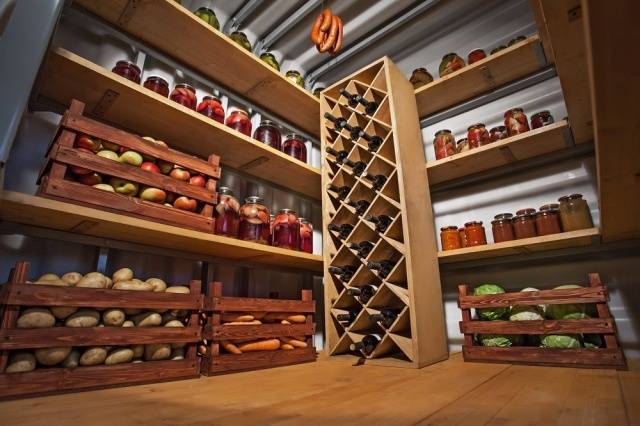
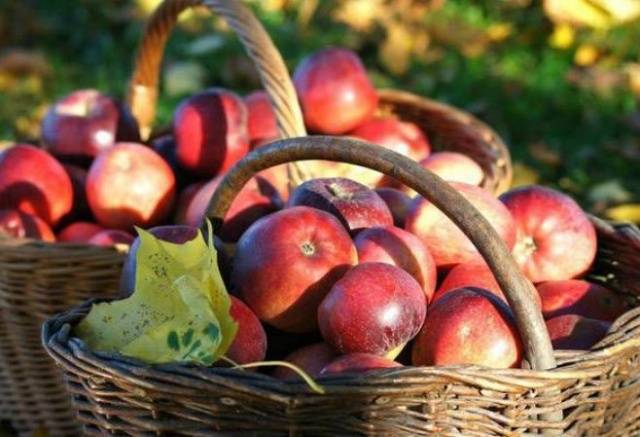
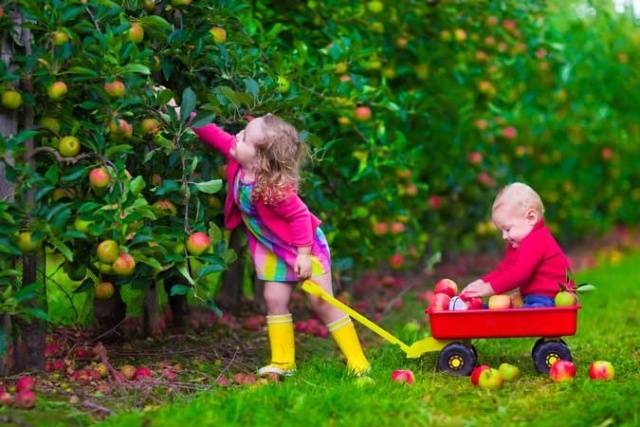
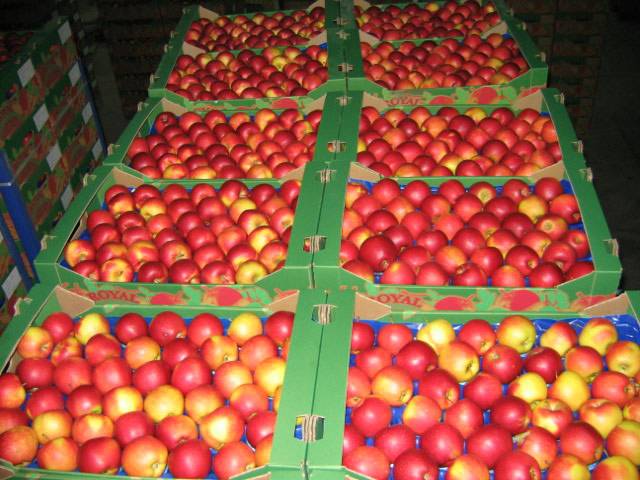
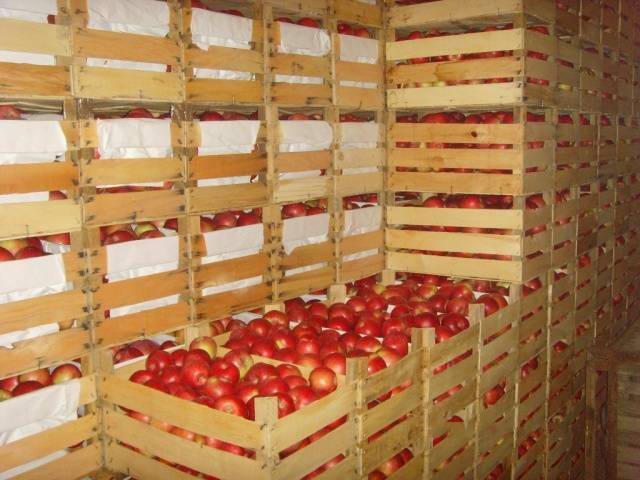

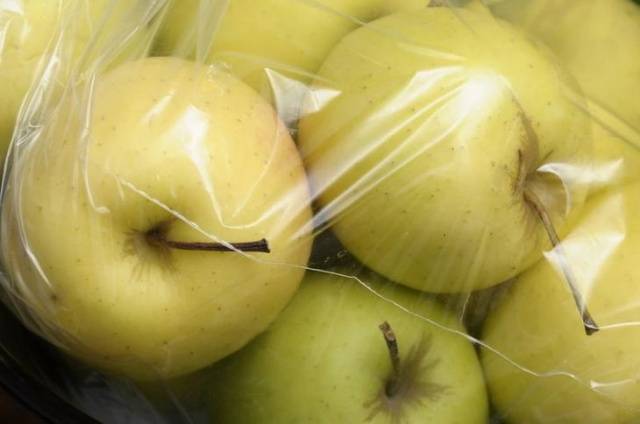
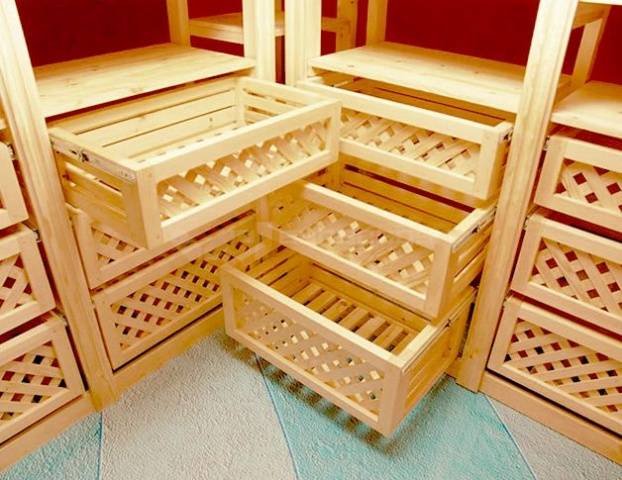
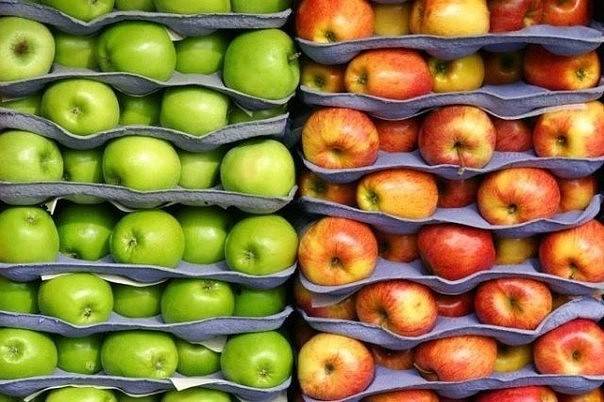
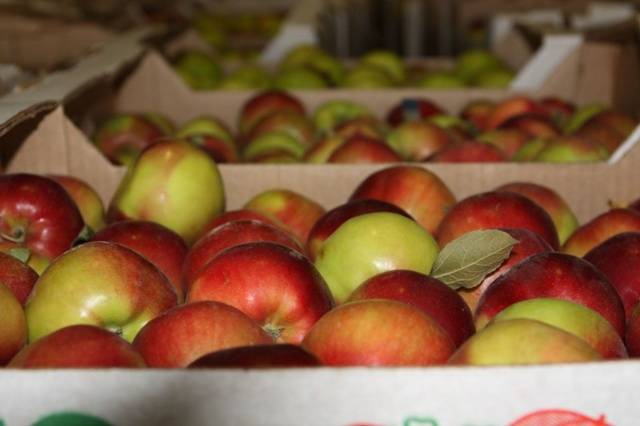
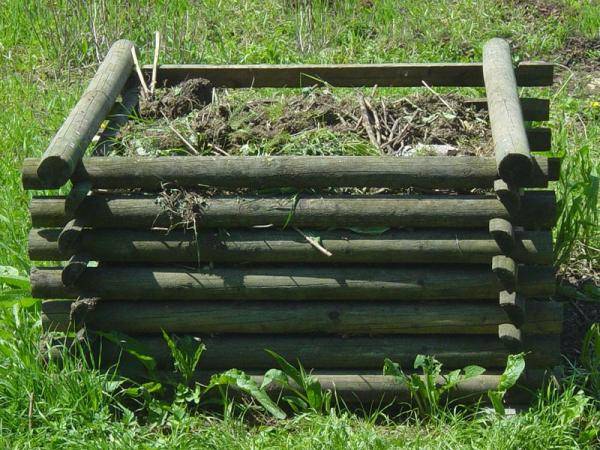
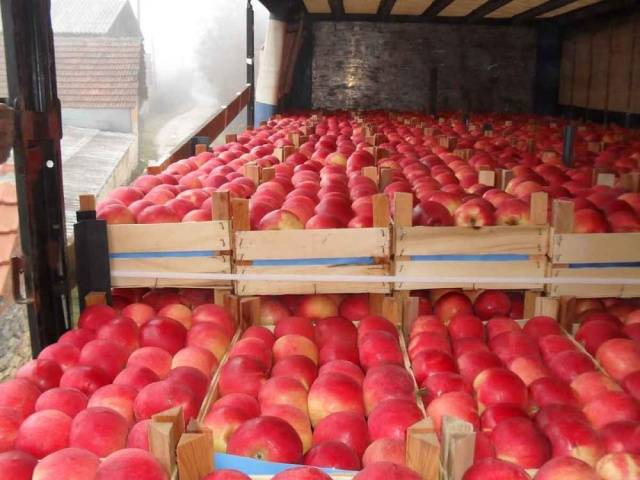


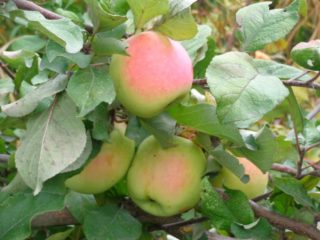
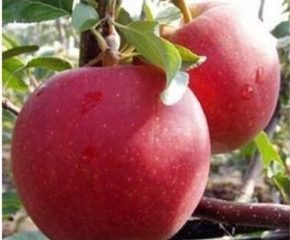

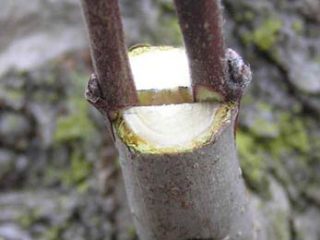



My grandmother worked in a nursery. And she kept apples in the basement. In April, we finished our last apples. But she always wrapped each apple in a piece of newspaper. The apples lay for a long time, did not deteriorate, and did not absorb foreign odors. Also, we have never stored apples in boxes. So they deteriorate faster. They were carefully laid out in one layer on the shelves. Maybe someone will find this storage method useful. Sincerely, Elena.
when stored in sawdust, apples acquire a woody smell. If the sawdust is a warble tree, that is, apples are not possible.